Here are five traits of the Detroit, Toledo & Ironton that made it special.
The DT&I was formed in 1905 with the combination of the Detroit Southern and Ohio Southern railroads. In 1920, automobile tycoon Henry Ford acquired the road, popularly to ensure a new River Rouge bridge could be built to ensure water access to his new Rouge Steel complex in Dearborn, Mich. The DT&I later passed to Pennsylvania Railroad ownership and eventually to independent operation. In 1980, Grand Trunk Western acquired the DT&I for its modern Flat Rock Yard in southern Michigan and access to numerous automotive factories in the region.
All-EMD Power: Early in the era of dieselization, railroads would pick and choose locomotive models from various manufacturers based on price and availability. The New York Central and Southern Pacific, for example, each purchased units from six diesel locomotive manufacturers. Few Class I railroads could claim to be one-builder roads, but one was the DT&I. Its all-EMD roster spanned from the SW1 in 1941 to the GP40-2 in 1979. In comparison, the Clinchfield Railroad was almost all-EMD, excepting seven General Electric U33C units that only lasted a few years on the roster. The DT&I did lease non-EMD units on occasion: Lake Superior & Ishpeming GE U25C units during the winter when the ore boats didn’t run and Toledo Terminal Alco switchers.
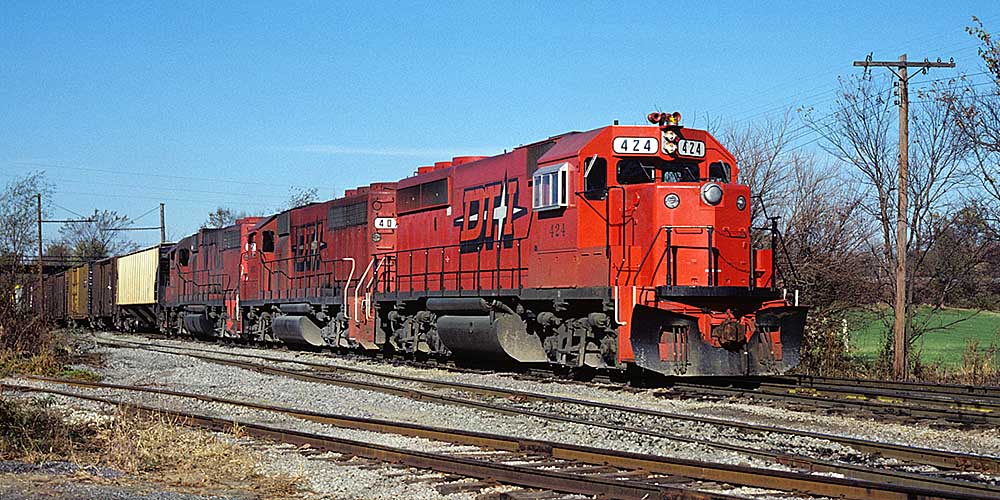
Gong-style Nose Bells: The all-orange locomotive fronts were broken up only by the appearance of a gray, gong-style bell at the top of the nose on the 38- and 40-series diesel models. Another railroad known for this style of bell, also on its second generation EMD units, is the Chicago & North Western.
Trackage Rights: Recognizing it could gain some efficiency by sharing rail lines, the management of the DT&I opted to run on trackage rights on neighboring parallel rail lines where appropriate. In the 1960s it abandoned its own route between Leipsic and Lima, Ohio, in favor of the closely parallel Baltimore & Ohio Toledo Division for 26 miles between those points. Farther south, in 1902 predecessor Ohio Southern obtained trackage rights, again over the B&O, to connect with the Iron Railway, completing a through route to Ironton on the Ohio River. The trackage rights extended 13 miles from Jackson to Bloom Junction and lasted until successor Grand Trunk Western abandoned the Ironton route in 1982. Another namesake city, Toledo, was reached by way of a branch line until 1965, when the DT&I acquired trackage rights on subsidiary Ann Arbor Railroad and abandoned its own route to the Glass City. Finally, in 1976, the DT&I obtained Conrail trackage rights from Springfield to Cincinnati to open a new interchange gateway in the Queen City with Louisville & Nashville and Southern.
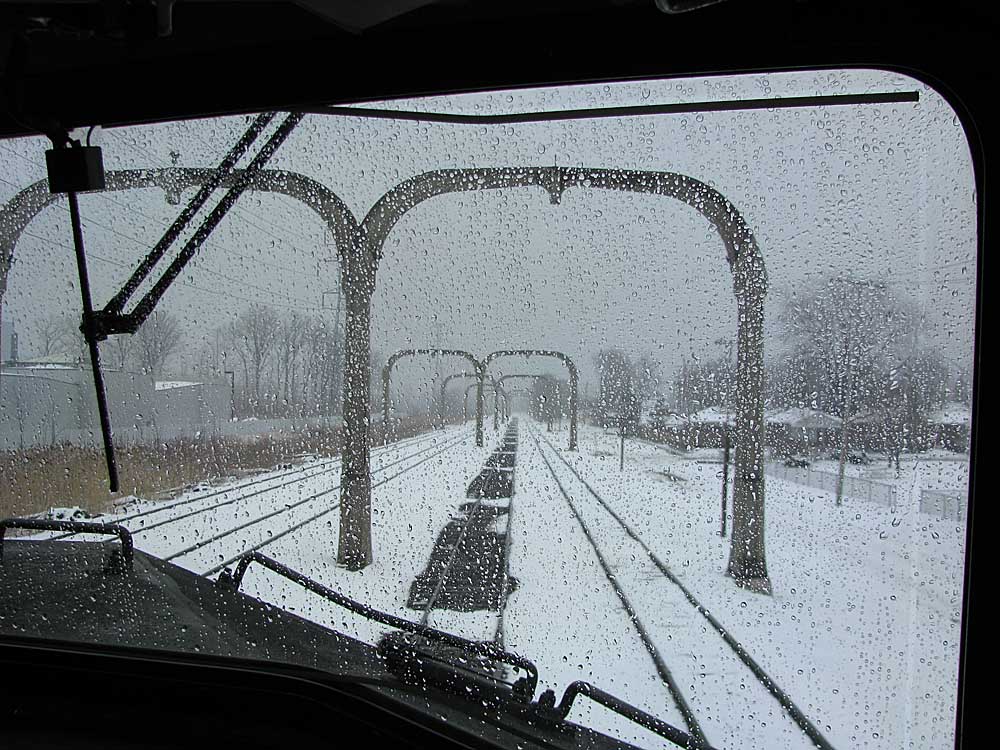
Concrete Everywhere: In the early 20th century, the north end of the DT&I underwent a dramatic transformation under the ownership of Henry Ford who sought to streamline his automobile business’s supply chain. Much of that transformation was done with concrete: bridges, signal masts, and even catenary supports. Yes, the DT&I was (briefly) electrified along its 34-mile Dearborn (Mich.) Branch. Many of the concrete arches stand today over Canadian National diesels. Farther south, the railroad opened the 56-mile Malinta Cutoff between Durban Junction, Mich., and its namesake Ohio community. The project reduced mainline mileage by 20.5 miles and included the construction of a number of concrete bridges and overpasses. This is one of the most significant traits of the Detroit, Toledo & Ironton.
Mileposts on the Code Line: You’ll rarely be lost along the DT&I as the road often marked code line poles with mileposts and fractional distances between. This makes it much easier to identify locations in photos along the route.






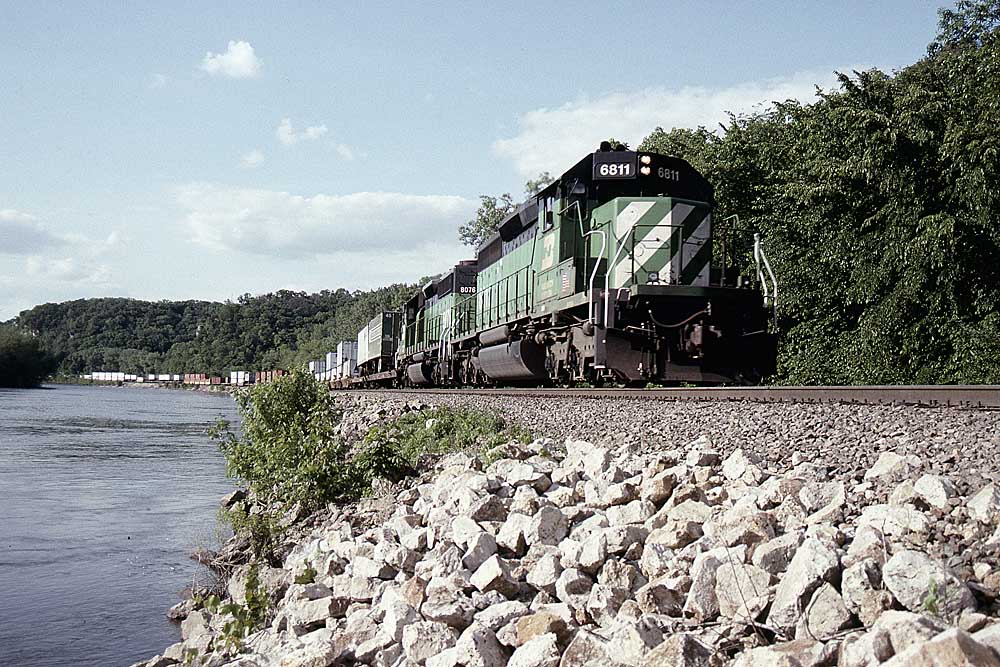
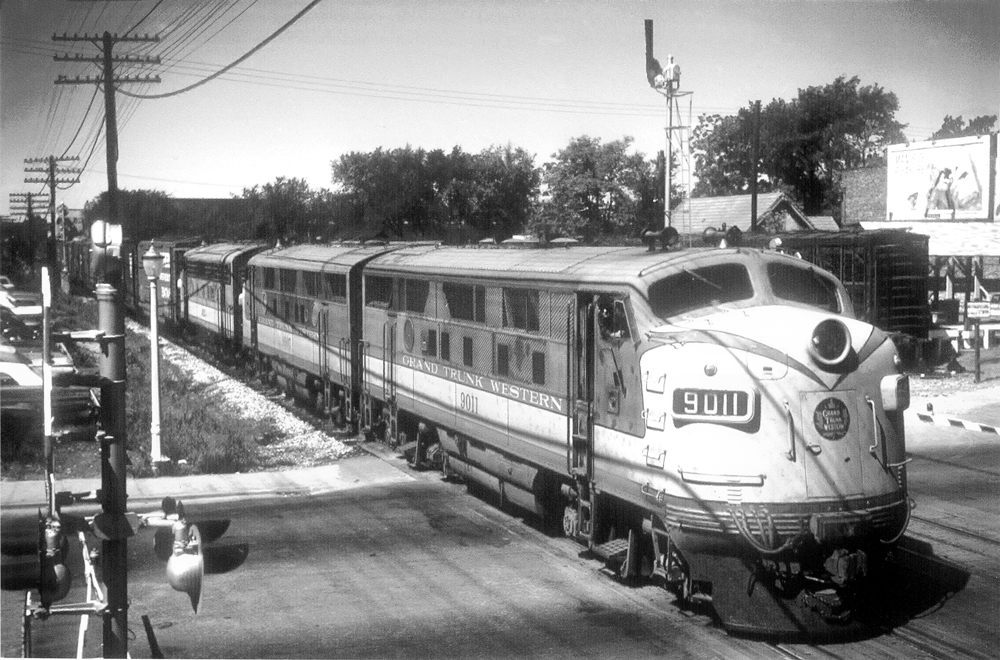
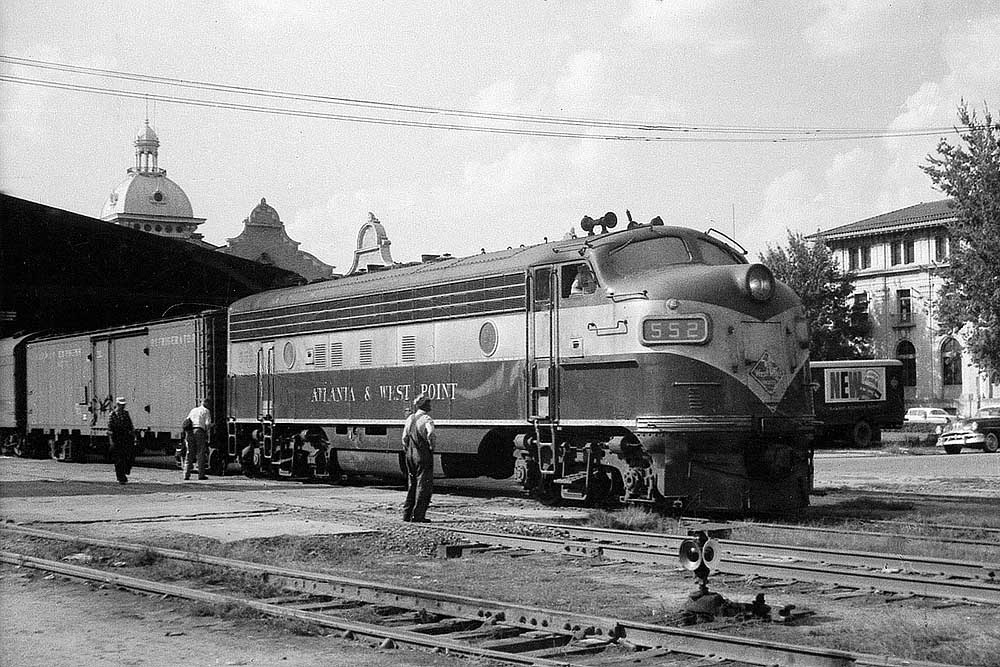
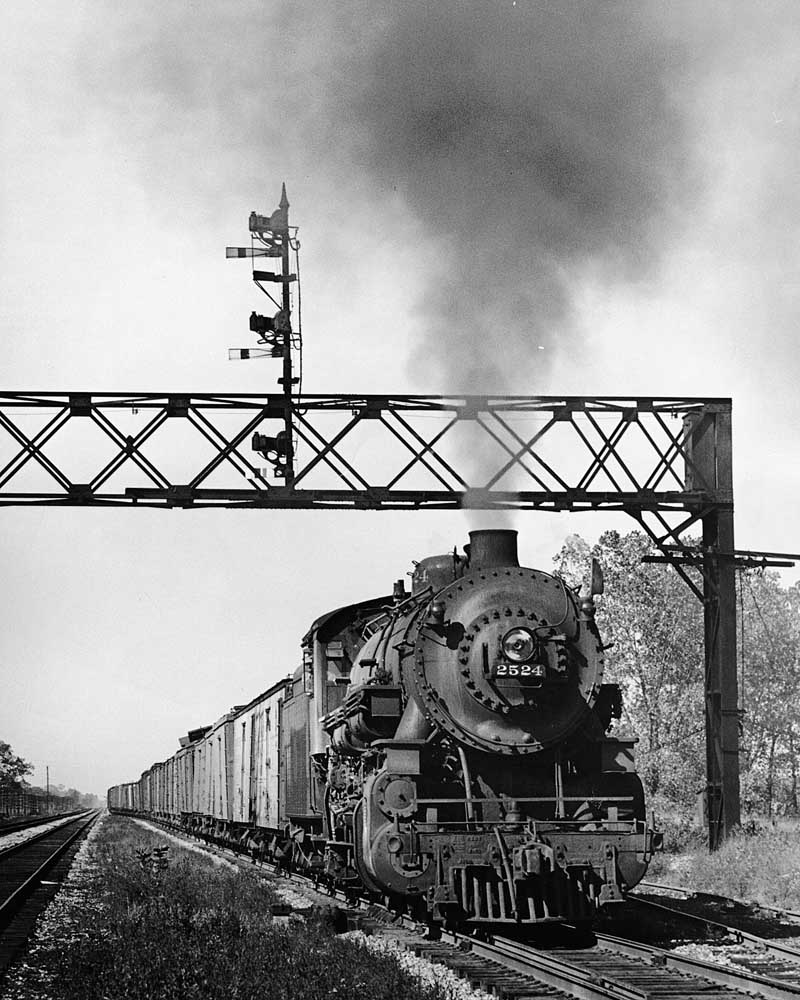




Henry Ford sold the railroad secondary to the amount of Federal Government regulations that he had to deal with in the late 1920’s.